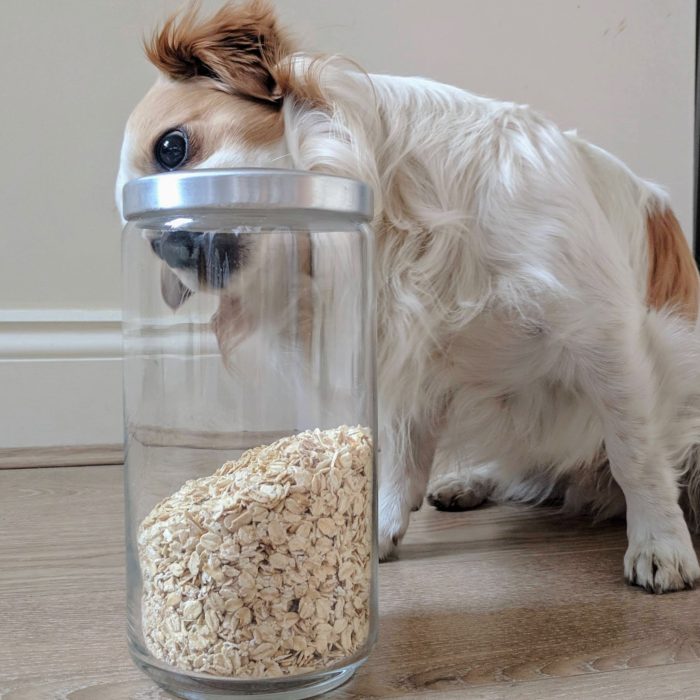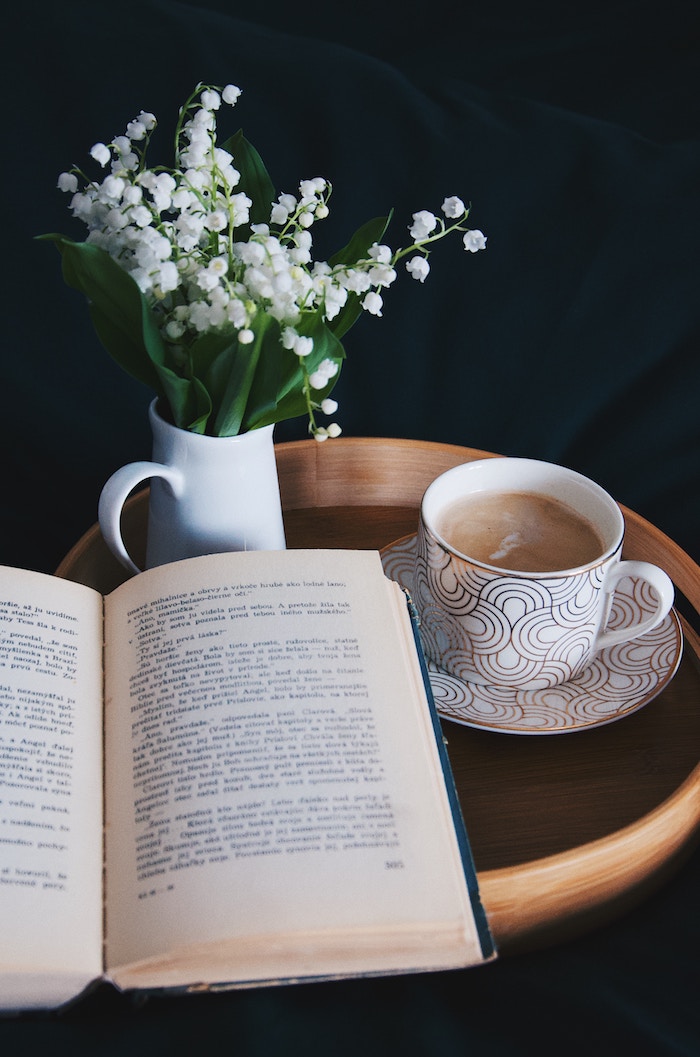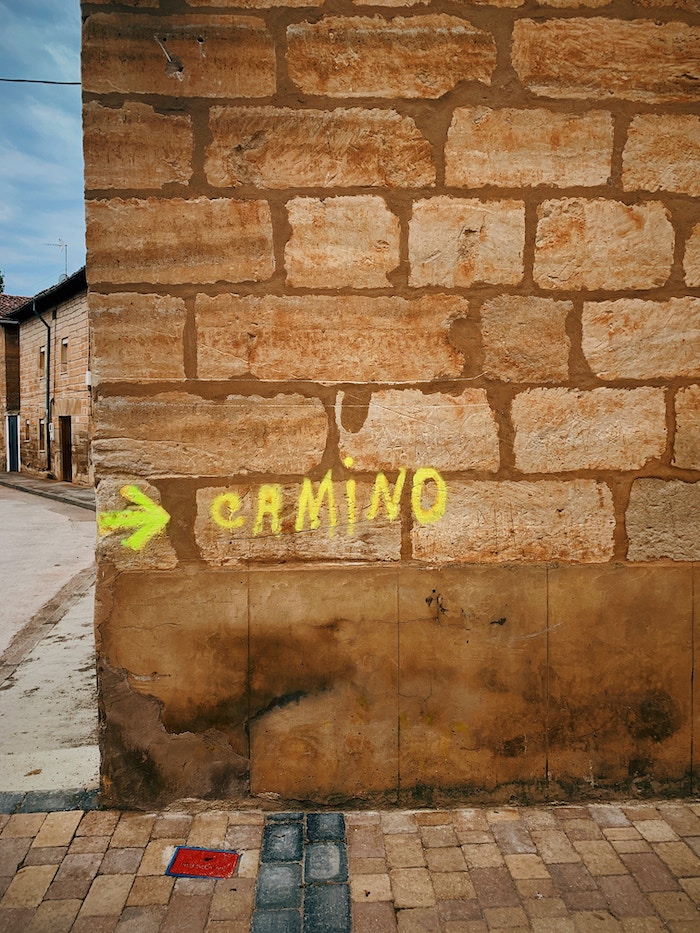The concept of being zero waste in London seemed crazy to me when I first heard about it a few years ago. I couldn’t imagine how it was even possible. When I went vegan it was for the animals. Like all of us, I care about the planet, but it took me a long time to see how important it was to live green. My housemate (and best bud), Laura, went vegan for the planet and she has also been zero waste for a while now. Her good influence is finally rubbing off on me and I’m starting my journey toward zero waste. If someone had explained to me how easy it could be, I would have started a lot sooner.
Here are my 5 sneakiest tips to being (nearly) zero waste in London (and it’s more than just reusable straws and coffee cups):
Zero waste stores

This may seem like an obvious one but I had never heard of them until Laura told me. These are shops that have jars of bulk food and sometimes cleaning supplies and beauty items. There are more of them than you might think. You turn up with your containers of choice (I often just use old takeaway tubs) and load up. The shop keeper will charge you by weight and the real surprise is it’s cheaper than a normal supermarket for the most part. I was bowled over by how many cashew nuts I could buy for £2. The zero waste shop I frequent is Harmless in Wood Green which is just 10 minutes walk up the road from me and will soon be moving to a new, bigger location near Hornsey station which is even closer. Have a Google and see if there’s one near you. I recommend checking one out, even if it’s just once for the novelty.
Charity Shops
I cannot express how much I love charity shops. They are my go to for clothes, books, kitchenware, and even furniture.
Everything is cheap, you find some really unique and unusual stuff, and all the money goes to charity. What do you have to lose?
Charity shops seem to hang out in nests, who knows why? But some areas of London will be swarming with them and some will have none. The best places in London I know for a charity shop crawl are Muswell Hill Broadway, Deptford, and Wimbledon High Street. My favourite charity shop is Crisis by Finsbury Park station. It’s huge and they have a little cafe along with some really interesting bits and bobs—it feels like a cross between a charity shop and a vintage shop.
Repurposing

My mum would despair of me as a kid because half the things she threw away I would pull from the bin a moment later exclaiming “that’s not rubbish” and incorporate it into some sort of art project or just hoard them under my bed until I needed them for a future art project. Well joke’s on you MOTHER because I was being green ahead of my time. I’ve kept this habit to this day; my bedroom bin is an old gherkin tin I found on the street, I have lots of little tins and broken mugs as planters, and old bottles as vases. I use old jars and takeaway tubs to store my food. This doesn’t mean your living space needs to end up looking like a junkyard. But a few choice bits and bobs can look very interesting and won’t cost you a penny.
Lush
I do not like bath bombs. I find they are usually gifted to you by people who don’t know you very well, they have loads of unnecessary packaging, and they stop you from being able to wash your hair in the bath.
For a long time I dismissed Lush as a bathbomb shop—boy was I missing out.
I am totally in love with their shampoo bars and face cleanser bars.
They have loads of other zero waste options too like soap bars, conditioner bars, and yes, bathbombs (if you are so inclined). Not only that but if you do buy something in a tub or bottle, they will reward you for bringing it back when you’re done with it.
Aside from stocking packaging free options, Lush products are free from harmful chemicals and microplastics. This means they will be kind to your skin as well as being kind to the environment when they’re washed down the drain.
One thing that stopped my shopping at Lush was price – £7 seems like a lot for a shampoo bar – but when I weighed up how little I washed my hair and how good the product was / how long it lasted I decided it was well worth it.
Make do and mend

By Board of Trade (publisher/sponsor), Greenwood, Jill (artist), Her Majesty’s Stationery Office (publisher/sponsor) [Public domain] – Make Do and Mend, Ministry of Information, 1943, CC0
Let’s fight back against capitalism!
Do you have tips for going zero waste in your city?
Also by Kitty: Never Fear! These Air-Purifying Plants Are *Really* Easy To Care For
How To Raise A Happy, Healthy Vegan Dog That Your Vet Will Approve
Get more like this–sign up for our newsletter for exclusive inspirational content!
__
Photo: Kitty Louise




